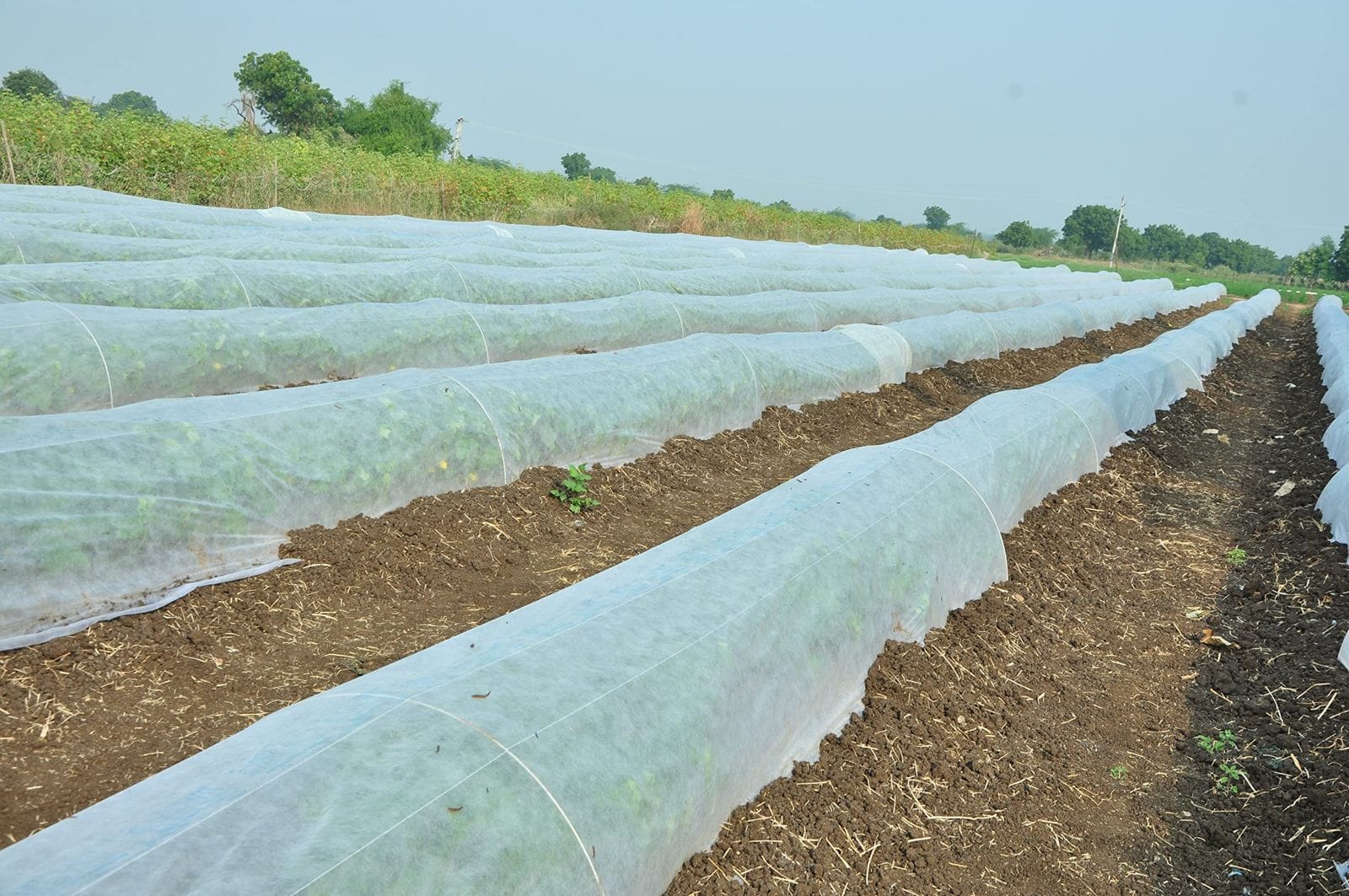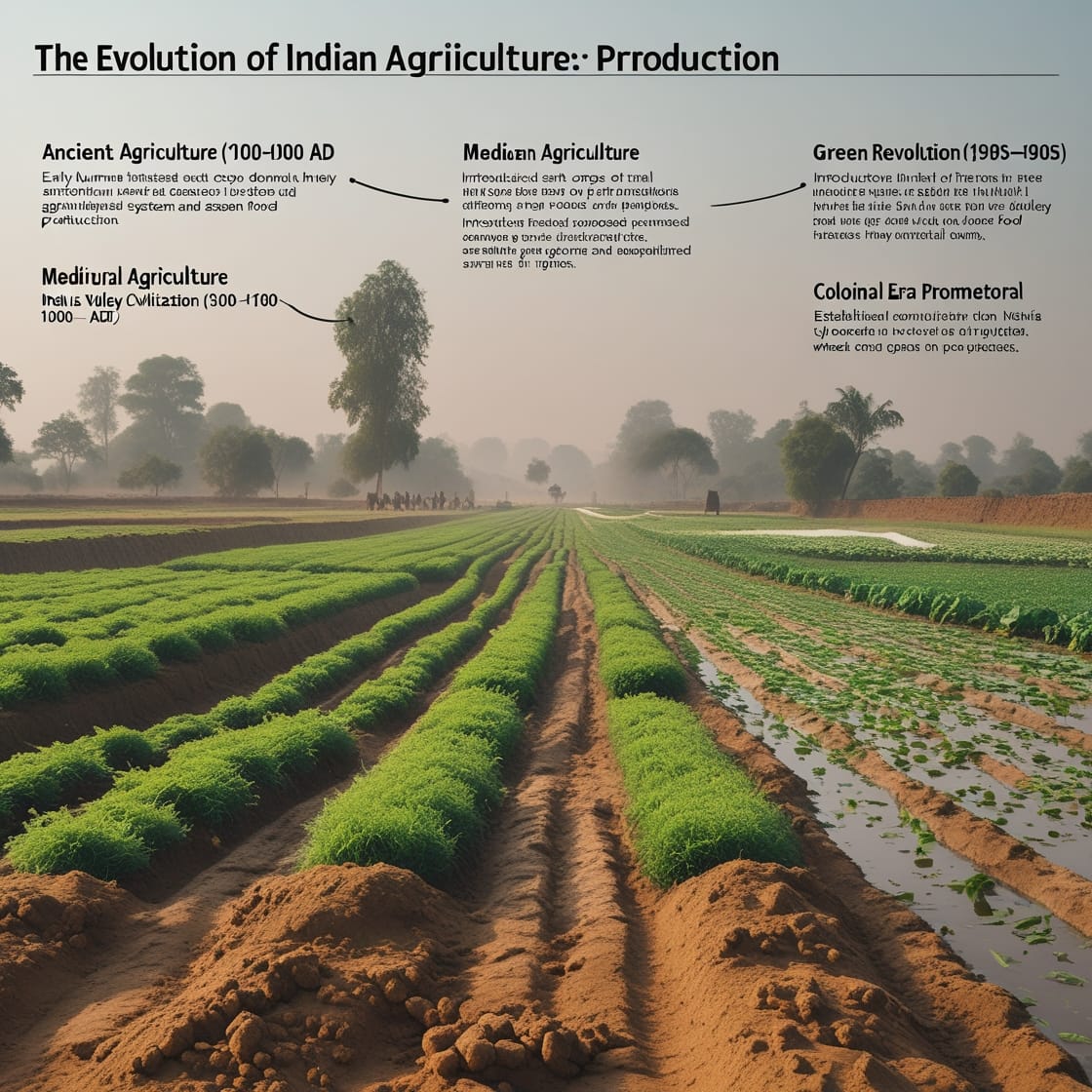🌾 Introduction
With rising climate uncertainty, farmers are seeking smarter, low-cost techniques to protect their crops and improve earnings. One such powerful technique is Low Tunnel Farming—a simple, scalable method that offers big returns with a small investment.
Used widely across India and abroad, low tunnels allow farmers to produce more crops, better quality produce, and earn higher profits, even under extreme weather conditions. In this blog, we explore how low tunnel farming increases crop yield and income, with real examples and practical insights.
🚜 What is Low Tunnel Farming?
Low tunnel farming involves covering rows of crops with low-arched structures made of plastic wire, topped with transparent plastic sheets or non-woven fabrics. This setup creates a microclimate that protects plants from harsh weather and promotes faster, healthier growth.
🌟 Key Ways Low Tunnel Farming Increases Yield and Income
- Protects Crops from Climate Extremes
Whether it’s frost, intense heat, heavy rains, or strong winds, crops under low tunnels are shielded from damage. This reduces crop loss, ensuring more plants survive and reach maturity.
📌 Example: In Punjab, small vegetable growers using low tunnels report 30–40% less crop loss during winter frost compared to open-field cultivation.
- Enables Early and Off-Season Cultivation
Low tunnels help maintain optimal temperature and humidity, allowing farmers to sow and harvest crops before or after the regular season. Early produce means higher market prices and fewer competitors.
📌 Example: Strawberry farmers in Himachal Pradesh start harvesting 15–20 days earlier under low tunnels—earning premium rates in early markets.
- Boosts Crop Quality and Size
The protective environment reduces pest attack, leaf damage, and fruit blemishes. As a result, farmers harvest larger, more uniform, and market-friendly produce—which fetches better prices.
✅ Applies well to crops like lettuce, coriander, tomatoes, cucumbers, and strawberries.
- Saves Water and Fertilizer
Low tunnels reduce evaporation loss by maintaining humidity and blocking direct sun exposure. Combined with drip irrigation, this setup saves water and allows targeted nutrient delivery, improving input efficiency.
📌 Case Reference: Farmers in Maharashtra reported 25–30% water savings when using low tunnels for summer cucumbers.
- Reduces Pest and Disease Pressure
Covered crops are less exposed to flying pests and rain-borne diseases. This lowers the need for pesticides, reducing costs and ensuring healthier produce—ideal for organic and clean farming markets.
- Increases Number of Crops per Year
By extending the growing window and protecting crops from off-season risks, low tunnel farming allows 2–3 crop cycles per year instead of just 1–2.
📌 Example: A farmer in Rajasthan grows spinach in January and cucumbers by March using the same low tunnel beds, effectively doubling the income per plot.
- Low Investment, High Returns
Setting up low tunnels requires minimal investment—mostly plastic-coated wires, films, and simple labor. Yet, the returns come through higher yield, premium pricing, and reduced crop loss, making it one of the best ROI techniques for small and medium farmers.
✅ Average cost recovery: Within one season for high-value crops like strawberries, coriander, or early vegetables.
🌿 Ideal Crops for Low Tunnel Farming
💡 Combine with Drip and Mulch
To maximize your yield and income, combine low tunnel farming with:
Drip irrigation for water efficiency
Mulching to retain soil moisture and reduce weeds
Good ventilation (slits or side openings) to avoid heat buildup in summer
💰 Final Thoughts: A Small Structure with Big Returns
Low tunnel farming is more than a protective tool—it’s a strategic approach to boosting productivity and income. With climate challenges rising, farmers who adopt smart techniques like low tunnels will stay ahead, grow better crops, and earn more from the same land.
For more details please visit – https://ratanmetals.co.in/




